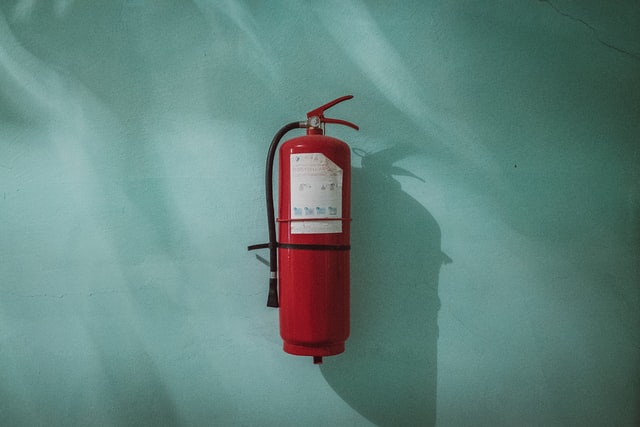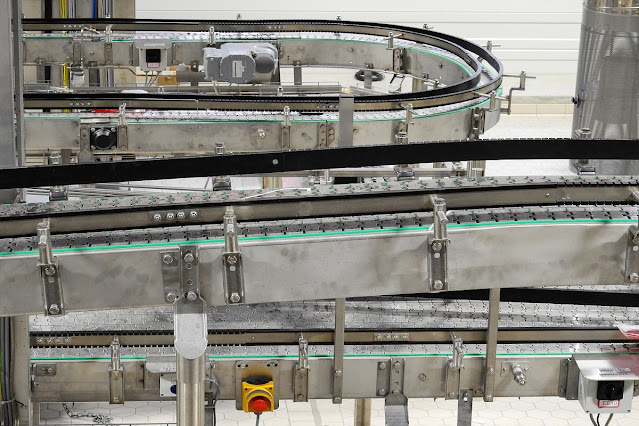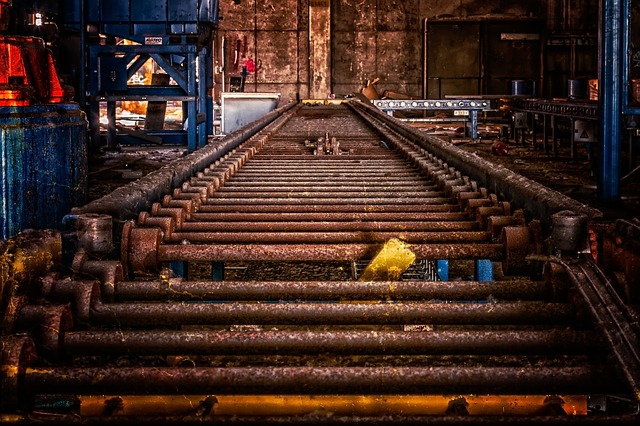Flammable Storage Cabinets: Safety and Handling Guidelines
One of the most popular laboratory safety systems is flammable storage cabinets. This form of protection system is designed to keep combustibles away from open flames and high-heat sources. Its initial goal is to prevent flammables kept within the flammable storage cabinet from catching fire or exploding due to their distance from strong heat sources. Finally, it manages the release of flammables through valves that restrict quantities to a trickle into the processing equipment downstream.
The flammable storage cabinet keeps combustibles at bay by keeping them away from open flames and high-heat sources (e.g., heating elements, Bunsen burners). The combustibles are stored in the flammable storage cabinet via a mesh grid that prevents the flow of flammables until they move through an opened door to be utilized in processing equipment beyond.
Safety and Handling Tips
To prevent mishaps, flammable storage cabinets have many safety measures incorporated into their design:
1. It's critical not to overfill flammable storage cabinets.
This is because flammable storage cabinets are fire-resistant, not fire-proof. When combustibles in a flammable storage cabinet get overloaded, the chance of flames erupting inside the cabinet rises.
2. Don't pile flammable storage cabinets on top of one another or in narrow regions where combustibles may accumulate between them.
To prevent tank ruptures when exposed to heat or flame, flammables kept in flammable storage cabinets should be stored in an orderly manner.
3. Place flammable storage cabinets at least 6 inches away from high-temperature equipment (such as ovens).
Flammables are kept under an inert gas in flammable storage cabinets to eliminate the chance of fire or explosion. The flammable storage cabinet is meant to release its contents only when a valve opens, allowing for flow through a flame-resistant mesh grid.
4. Open flammable storage cabinet doors slowly and carefully to avoid flaring up the vapors inside.
If you use the correct extinguishing method, you can put out fires without having to open the flammable storage cabinet.
5-Beware of secondary fires when flammables are being poured out from flammable storage cabinets.
Flammable storage cabinets produce a little stream of flammables to prevent combustible items from catching fire in the flammable storage cabinet. Secondary fires occur when flammables catch fire in flammable storage cabinets as a consequence of the initial ignition of the contents.
6. Keep flammable storage cabinets away from heat sources like hot plates and Bunsen burners, and keep flammable storage cabinets at least 10 feet away from open flames (e.g., gas ovens). Also, do not put inflammable next to ignition sources such as heating elements or light bulbs in laboratory equipment like water baths, oil-bath heaters, and hotplates.
7. Ensure that all flammable materials are kept within the flammable storage cabinets. Regardless of their flammability, any combustible item left open is a safety hazard.
8. Keep a distance from open flames and flammable storage cabinets to prevent accidents. Unlocked combustible storage cabinets or flammables close to youngsters raise the danger of house fires or laboratory blazes. The flammability of combustibles kept within flammable storage cabinets has a significant impact on their burn rate if exposed to an open flame.
9. Calculates the number of flammables required for your study and ensures that flammable storage cabinets have enough capacity. Overloading flammable storage cabinets might cause them to overheat or even start a fire, so it's critical not to do it. Furthermore, if flammable storage cabinets are packed excessively, their valves may malfunction and dangerous quantities can evaporate into lab settings.
10. If you're not using your flammable storage cabinet, close the flammable storage cabinet doors.
11. To avoid flaring up the vapors within, close flammables-containing storage cabinets doors as soon after the flammables have been eliminated as feasible. To prevent a dangerous situation from developing, open flammable storage cabinet doors slowly and cautiously.
12. In the event of a fire in a flammable storage cabinet, be sure to clear all combustibles from it before putting out the flames. Contact your supply company as soon as possible if a flammable storage cabinet is damaged.



Comments
Post a Comment